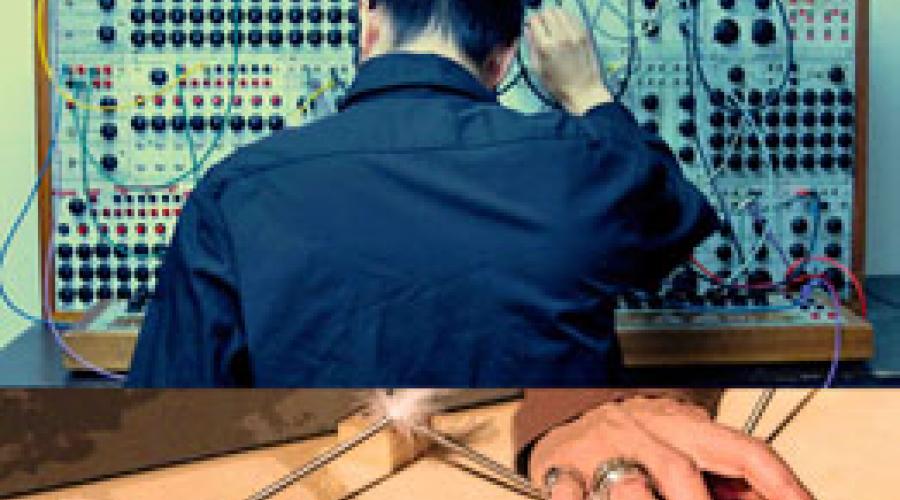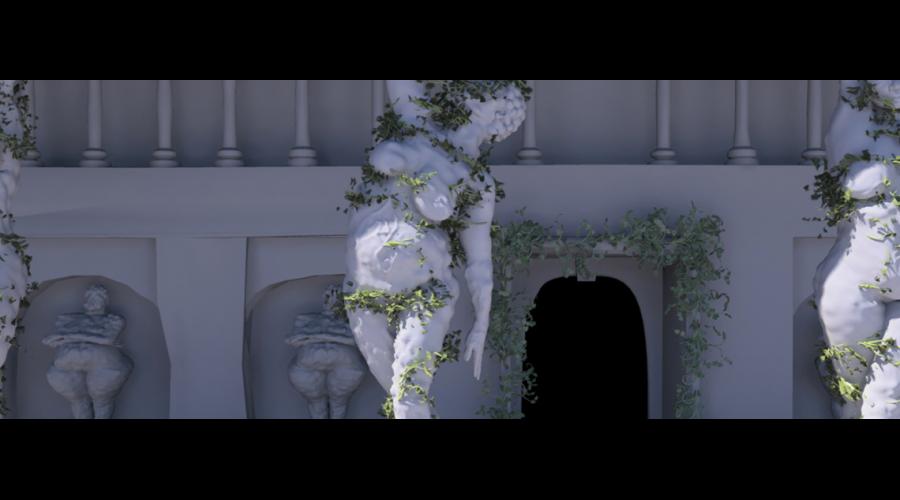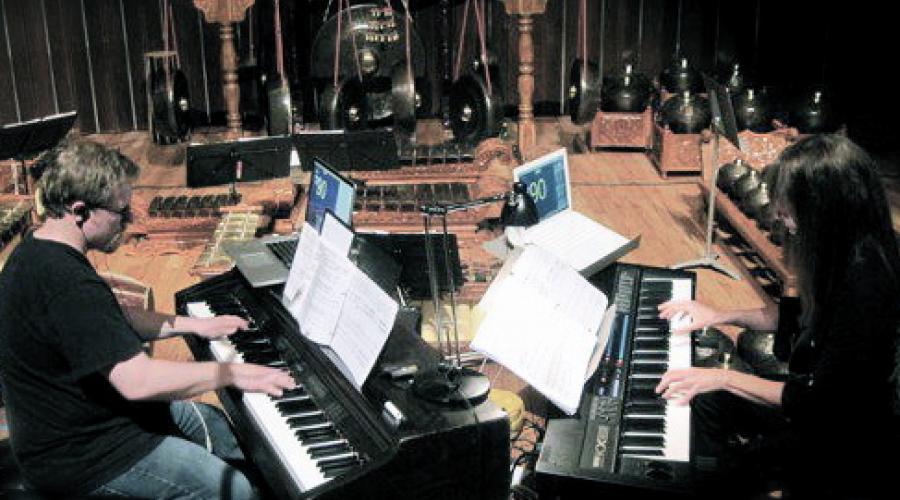Archive
CNMAT Flashback
A look back at some items in our archives.
NEWISMA: International Symposium on Architecture and Music in New Media Art
Ray-Kallay Duo -- Microtonal Keyboards
Archive Browser
Resources for Further Study
Resources for Further Study
websites:
http://crca.ucsd.edu/~msp/techniques/latest/book-html/
http://ccrma.stanford.edu/~jos/GlobalJOSIndex.html
books:
[http://www.amazon.com/Computer-Music-Tutorial-Curtis-Roads/dp/0262680823...|The Computer Music Tutorial, by Curtis Roads]
http://code.google.com/p/maxtoolbox/
3rd party objects:
Monday
+ Monday: Data in Max/MSP/Jitter
- Intro
- Who is Max?
+ Who made Max?
- David Zicarelli
- Miller Puckette
+ Who uses Max?
- David Rokeby: Very Nervous System (1986-1990)
Wednesday
Patches made in the lecture are attached below.
Wednesday: Data and Gesture (Speaker: Ali Momeni)
--Dimensionality reduction and interpolation
--Gesture capture and analysis
--pattr, table, coll, new gesture analysys tools from IRCAM.
Max/MSP/Jitter Day School Syllabus
Max/MSP/Jitter is a graphical environment for music, audio, and multimedia that runs on both Macintosh (OSX) and Windows XP platforms. In use worldwide for over fifteen years by performers, composers, artists, teachers, and students, Max/MSP/Jitter is the way to make your computer do things that reflect your individual ideas and dreams.
##Topics:
- Navigating the user interface
Download in Class Patches
In Class patches 2010:
Thursday: Randomness/Probability and Extending Max With Other Languages (Speaker: John MacCallum)
--Randomness/probability
--Different distributions and their uses
--Signal rate randomness
--Extending Max with other languages
--Javascript
--Java
--C
***Sunday Roast***
Date:
Sunday, Aug 1, 2010,
Time:
10am-5pm (outdoor bbq)
5pm-7pm (happy hour at the Paper Mill Creek)
8pm-? (jam session at the barn)
What:
Lamb Roast other delicious treats, hang, music, sun, dogs and such.
Bring:
Anything to grill, something you like to drink
Place:
120 Resaca, Forest Knolls, CA 94938
Friday: Guest Speakers TBA
Speakers:
- Les Stuck, Employee of Cycling '74
- Peter Nyboer, Software Engineer of Livid Instruments
- Adrian Freed, Director of Research @CNMAT "eTextile controllers and Future Best Practices for Media Programming"
- David Wessel, Co-Director @CNMAT
- John Chowning, Father of FM Synthesis
- Claude Cadoz, Haptic and Force Feedback Controllers
Tuesday: Abstraction, Modularity, and poly~ (Speaker: Jeff Lubow)
- encapsulation / abstraction / modularity
-- patches -> encapsulation -> absractions, and how to instantiate them
-- patcherargs, attributes vs. arguments
-- bpatchers, prototypes, clippings
-- many model
-- init in a single module
- data storage and global initialization
-- coll / matrices / zl objects, and how they can work together
-- regular arguments, handling default init values
Afternoon Session: Max for Live
+ **Monday: Introduction**
+ introduction: Ali Momeni (alimomeni.net), JP Hungelmann (james-patrick.com), class format, class media
+ [jp]: understanding ableton live [wholisticely and in one hour]
- three things about a clip: score (midiclip), sound (audio clip), control information (modulation envelop)
- score + orchestra
- generator + transcriber/notator
Capturing Video
How to capture video
test HTML Transition Page
<script type="text/javascript" src="/misc/jquery.js"></script>
<script type="text/javascript" src="/misc/drupal.js"></script>
<script type="text/javascript" src="/misc/collapse.js"></script>
<fieldset class="collapsible collapsed"><legend>Collapsible</legend>
Website Handbook
How to use features, create, edit, and find content on the CNMAT website.
Overview of Website Features
**General features:**
- General description of CNMAT and common information for logistical needs.
- Calendar of upcoming public events
- Summary of research projects and access to our citation database
- Educational materials
- Selections of music and related projects
- Community representation - member profiles, blogs, etc.
- Software downloads of free tools for music and research
Getting Started for New Users
Here are things that new users will want to do:
1. Edit your profile! Go to [cnmat:user|My account] and check to make sure your information is up to date.
Terminology
This page documents terminology conventions used in documentation describing the website, with a special focus on disambiguation of technical terminology.
Publication vs. Bibliography
"Create bibliography" means "create bibliography node" or "create bibliography entry" or "create publication" --- it doesn't create a new list of publications, but adds a single new publication to this website's database.
Vocabulary, Taxonomy, Category
1. Terminology: "Taxonomy" and "Vocabulary" mean the same thing -- a collection of terms used for tagging nodes. Similarly, "Term", "Tag", and "Category" are synonyms, and "to tag" and "to categorize" mean the same action. Drupal sometimes uses these terms interchangeably, which could erroneously cause one to believe they refer to different features. In fact, they are all the same.
Website Text Style Guide
A consistent use of style across the site is essential for the maintenance of a professional organizational identity and to establish a uniform user interface that supports efficiency of use and concise text. This document focuses on the most important rules to ensure these goals.
**Style Guidelines**



